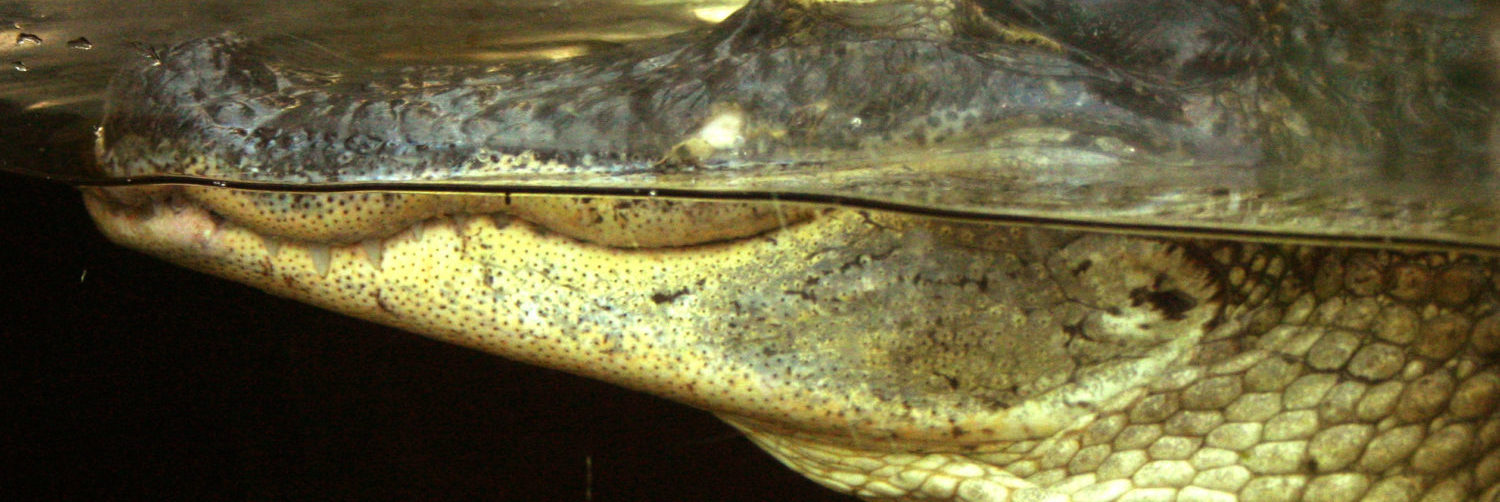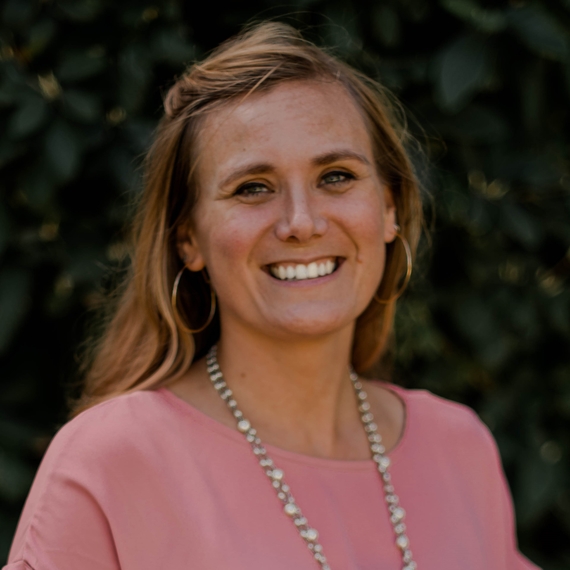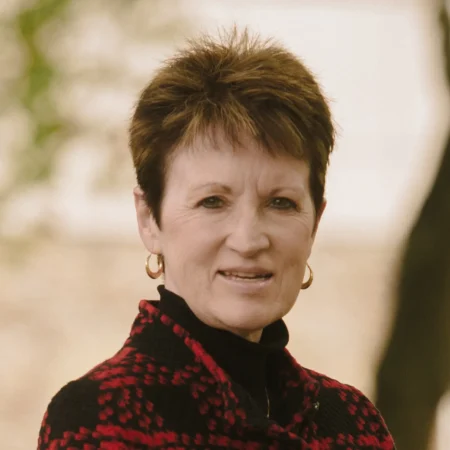In the book club I’m running over at Field Notes for Writers, the topic of childhood creativity came up. When you put crayons and a piece of paper in front of a small child, she knows exactly what to do with them. She doesn’t get artist’s block. She doesn’t perseverate over whether or she has enough skill or whether she’s talented or whether she has earned the right to call herself an artist. She just puts crayon to paper and gets busy.
As we get older, almost all of us lose most of that creative freedom. We grow in self-consciousness, we learn self-doubt, and our exuberance in the mere act of making dissolves as we start to compare, as we are subjected to criticism.
I should point out, however, that the dawn of self-consciousness isn’t a bad thing for the artist. Yes, it can dampen our enthusiasm. But it also makes it possible for us to see that the pictures we’ve drawn aren’t as good as the pictures we want to draw, and the stories we’ve written aren’t as good as the stories we want to write. I’ve seen a lot of juvenile art on a lot of refrigerators. Most of it was pretty bad. I’ve read the poems I myself wrote when I was little. I’m sure my mother was proud of them at the time. But even she would have a hard time ginning up maternal pride if I were still writing poems like that. I have self-consciousness to thank for the fact that I decided I wanted to get better at writing.
I have written elsewhere about the writer’s need to make friends with the inner critic–and not just to silence or ignore it. On the other hand, we do need to learn to ignore a good many of our outer critics. So much of what we think of as the voice of self-criticism is really just the voice of some other critic–a teacher, a parents, a sibling, a classmate–that we have internalized so thoroughly that we have mistaken it for our own, or mistaken it for received wisdom. Even that might not be so terrible, except for the fact that critics so often don’t know what they’re talking about. There’s no licensure process in place to ensure that every teacher or older brother who criticizes and judges actually knows more than you do about what you are trying to do.
One of our book club members mentioned that she recently saw a teacher scold a little girl for coloring an alligator red instead of green. I don’t know why this teacher was bothered by the idea of a red alligator. I suspect she would say that red alligators don’t exist in the real world. True enough. But do you know what else doesn’t exist in the real world? GREEN alligators! Alligators are blackish-brown with maybe a hint of olive green, but decidedly not the green of a green crayon.
A teacher who insists that a student color her alligator green is not insisting that the student pay attention to reality (which, by the way, would be an excellent place to start with art instruction). Instead, the teacher is insisting that the student conform to the conventional and more or less arbitrary notion that alligators are green.
[Bonus Reading: one of the first pieces I ever wrote for the Rabbit Room was the story of an art teacher who erred in quite a different direction, trying to get her ten-year-old students to create paintings that made political statements. This story involves the Ayatollah Khomeini.]
To do creative work, we need more of the freedom and exuberance of childhood. But juvenile artists are free and exuberant precisely because they have no self-consciousness, no self-awareness, no inner critic. For a grown-up, that won’t do: even if it were possible to banish the inner critic, you wouldn’t want to. It’s the inner critic that points you toward better work and motivates you to love your reader and not merely to please yourself.
You may have seen this quotation from Ira Glass before; it gets passed around the Internet quite a bit. But I love what he has to say about the unease that comes from the realization that your work isn’t what you want it to be:
Nobody tells this to people who are beginners; I wish someone told me. All of us who do creative work, we get into it because we have good taste. But there is this gap. For the first couple years you make stuff, it’s just not that good. It’s trying to be good, it has potential, but it’s not. But your taste, the thing that got you into the game, is still killer. And your taste is why your work disappoints you. A lot of people never get past this phase, they quit. Most people I know who do interesting, creative work went through years of this. We know our work doesn’t have this special thing that we want it to have. We all go through this. And if you are just starting out or you are still in this phase, you gotta know its normal and the most important thing you can do is do a lot of work. Put yourself on a deadline so that every week you will finish one story. It is only by going through a volume of work that you will close that gap, and your work will be as good as your ambitions. And I took longer to figure out how to do this than anyone I’ve ever met. It’s gonna take awhile. It’s normal to take awhile. You’ve just gotta fight your way through.
The inner critic doesn’t have to kill the joy of creating. In fact, it can help you reclaim your childlike joy. But only if it’s your inner critic: your voice, your vision, the fire in your belly. There are a lot of voices rattling around in your head, but a lot of them probably aren’t yours. They have no relation to reality. They are telling you to color the alligator green.
One of the most striking things from our book-club conversation last week came when I asked the participants how they expressed creativity as children. One activity that kept coming up was tree-climbing. I had never thought of tree-climbing as a creative act, but the more I think about it, the more I think it is a great metaphor for the particular kind of joyful, individual vision that is still available to the writer long after dawn of self-consciousness. Matthew Cyr, one of the book-club members, put it this way:
The idea of doing something so unnecessary, but that allows you to look out and down on the world from a different perspective, is surely a very creative thing that inspires more creativity. And adults generally don’t do it, or things similar to it. I never thought about this before but I think it’s more significant than I would have realized.
Yes and amen. How about you? I’d like to hear about your childhood creativity. Did you experience the diminishment of spontaneity and joy? Do you remember how? What are you doing to get some of that joy back? Let’s talk about it over on Instagram.
More Bonus Reading: I love this piece by my friend Rebecca Reynolds. I suspect you will too: My Mother Practiced the Piano (on StoryWarren).








